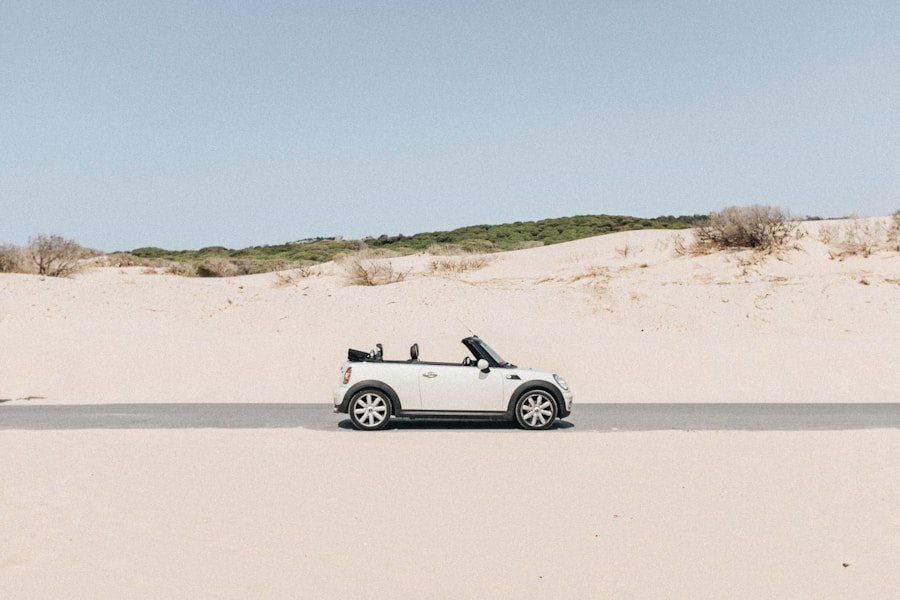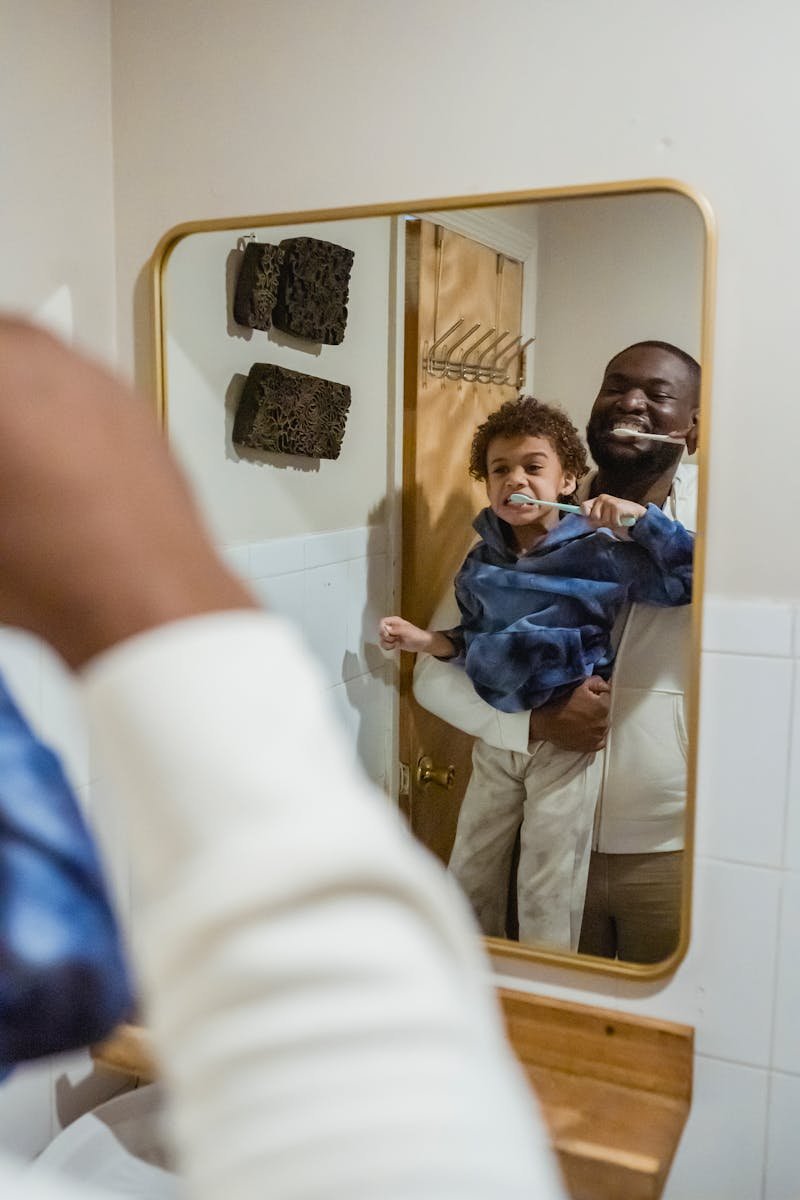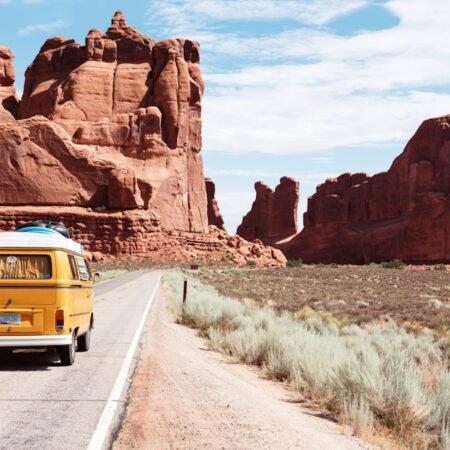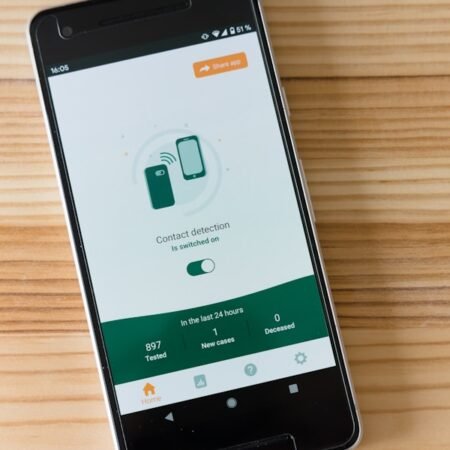When embarking on hiking excursions with toddlers, the selection of a suitable baby carrier is paramount. A well-designed baby carrier serves a dual purpose: it keeps your child close and secure, while also enabling you to enjoy your outdoor adventure without undue concern or discomfort. The right baby carrier can significantly enhance your hiking experience, allowing you to explore the natural world with your toddler by your side.
It is essential to choose a baby carrier specifically engineered for hiking, as this ensures the safety and comfort of both you and your child. Hiking with a toddler can be a challenging endeavor, and the right baby carrier can greatly enhance the experience for both parties. By using a suitable baby carrier, you can ensure your toddler’s safety and security while navigating diverse terrains and trails.
Furthermore, a good baby carrier provides adequate support for your back and shoulders, thereby preventing discomfort or pain during your hike.
Key Takeaways
- Choosing the right baby carrier is crucial for hiking with toddlers to ensure safety and comfort for both parent and child.
- Factors to consider when selecting a baby carrier for hiking include weight capacity, support, comfort, and durability.
- The top 5 baby carriers for hiking with toddlers include brands like Ergobaby, Osprey, and Deuter, known for their quality and safety features.
- Safety tips for using baby carriers while hiking include checking for proper fit, maintaining balance, and staying hydrated.
- Hiking with toddlers in a baby carrier offers benefits such as bonding, physical activity, and exposure to nature, promoting a healthy lifestyle for both parent and child.
Factors to Consider When Selecting a Baby Carrier for Hiking
Safety First
Safety should be the top priority when selecting a baby carrier for hiking. Look for a carrier that has a secure and adjustable harness system to keep your toddler safe and secure while on the trail.
Comfort and Support
Comfort is another important factor to consider when selecting a baby carrier for hiking. Look for a carrier that has padded shoulder straps and a supportive waist belt to distribute the weight of your toddler evenly and prevent any discomfort or strain on your body.
Additional Features to Consider
Breathability is also crucial, especially if you plan on hiking in warmer climates. Look for a carrier that is made from breathable materials to keep you and your toddler cool and comfortable during your hiking adventures. Additionally, consider the storage options of the carrier, as having pockets and compartments can be convenient for carrying essentials such as snacks, water, and diapers while on the trail.
Top 5 Baby Carriers for Hiking with Toddlers
1. Osprey Poco Child Carrier: The Osprey Poco Child Carrier is a popular choice for hiking with toddlers due to its comfortable design and ample storage options. This carrier features a padded harness system, adjustable stirrups for your toddler’s feet, and a built-in sunshade to protect your little one from the elements.
2. Deuter Kid Comfort Pro: The Deuter Kid Comfort Pro is another top choice for hiking with toddlers, offering a comfortable and supportive design for both you and your child. This carrier features a fully adjustable harness system, a padded hip belt, and a built-in hydration system to keep you and your toddler hydrated while on the trail.
3. Thule Sapling Elite Child Carrier: The Thule Sapling Elite Child Carrier is a versatile option for hiking with toddlers, featuring a fully adjustable back panel and hip belt to ensure a custom fit for both you and your child. This carrier also includes a removable backpack for added storage and convenience.
4. Kelty Journey PerfectFIT Elite Child Carrier: The Kelty Journey PerfectFIT Elite Child Carrier is designed for maximum comfort and support while hiking with toddlers. This carrier features an adjustable suspension system, padded shoulder straps, and a sunshade to protect your little one from the sun.
5. Ergobaby Omni 360 Baby Carrier: The Ergobaby Omni 360 Baby Carrier is a popular choice for hiking with toddlers due to its ergonomic design and versatility. This carrier allows for multiple carrying positions, including front-facing, back-carrying, and hip-carrying, making it suitable for various hiking terrains and trails.
Safety Tips for Using Baby Carriers While Hiking
| Carrier Name | Weight Limit | Carrying Positions | Material |
|---|---|---|---|
| Ergobaby 360 | 33 lbs | 4 positions | Cotton |
| Tula Explore | 45 lbs | 3 positions | Cotton |
| LILLEbaby Complete | 45 lbs | 6 positions | Cotton and Mesh |
| Boba X | 45 lbs | 4 positions | Cotton and Spandex |
While using a baby carrier for hiking with toddlers can be convenient and enjoyable, it’s important to follow some safety tips to ensure that you and your little one have a safe and comfortable experience on the trail. First and foremost, always ensure that your toddler is securely fastened in the carrier with the harness system properly adjusted to fit snugly. Check the fit of the carrier before each hike to ensure that it is secure and comfortable for both you and your child.
Additionally, be mindful of the weight distribution in the carrier to prevent any strain or discomfort on your body. Adjust the shoulder straps and hip belt as needed to distribute the weight evenly and prevent any pressure points or discomfort. It’s also important to be mindful of your surroundings while hiking with a baby carrier, especially on uneven or challenging terrain.
Take extra caution when navigating through rocky or steep trails to ensure that you and your little one stay safe and secure.
Benefits of Hiking with Toddlers in a Baby Carrier
Hiking with toddlers in a baby carrier offers numerous benefits for both you and your little one. For toddlers, being close to their parent while exploring nature can be an enriching experience that stimulates their senses and fosters a love for the outdoors. Hiking in a baby carrier allows toddlers to observe their surroundings from a safe vantage point while feeling secure and connected to their parent.
For parents, hiking with toddlers in a baby carrier provides an opportunity to bond with their child while enjoying physical activity and nature. It also allows parents to introduce their toddlers to the joys of hiking at an early age, instilling a love for outdoor activities that can last a lifetime. Additionally, hiking with toddlers in a baby carrier can be a convenient way for parents to stay active while still being able to tend to their child’s needs.
How to Properly Fit and Adjust a Baby Carrier for Hiking
Adjusting the Shoulder Straps
Start by adjusting the shoulder straps to ensure that they are snug but not too tight, allowing for proper weight distribution across your shoulders.
Adjusting the Hip Belt
Next, adjust the hip belt so that it sits comfortably on your hips and helps support the weight of your toddler.
Final Check and Adjustments
Once the shoulder straps and hip belt are adjusted, check the fit of the harness system to ensure that your toddler is securely fastened in the carrier. The harness should be snug but not constricting, allowing your toddler to move comfortably while still being securely held in place. Finally, take some time to walk around and adjust the fit of the carrier as needed to ensure that it feels comfortable and secure before hitting the trail.
Making the Most of Hiking Adventures with Your Toddler in a Baby Carrier
Hiking adventures with your toddler in a baby carrier can be an enjoyable experience that allows you to explore nature while bonding with your little one. To make the most of your hiking adventures, consider choosing trails that are suitable for both you and your toddler, taking into account factors such as distance, terrain, and elevation gain. Look for trails that offer scenic views or points of interest that will capture your toddler’s attention and make the hike more enjoyable for both of you.
Additionally, take breaks as needed during your hike to allow your toddler to stretch their legs or have a snack. Use these breaks as an opportunity to engage with your toddler by pointing out interesting plants or animals, or simply taking in the beauty of nature together. Finally, be mindful of your toddler’s cues during the hike, such as signs of fatigue or hunger, and be prepared to adjust your plans as needed to ensure that both you and your little one have an enjoyable experience on the trail.
In conclusion, choosing the right baby carrier for hiking with toddlers is essential for ensuring a safe and enjoyable experience for both you and your little one. By considering factors such as safety, comfort, and storage options, you can select a baby carrier that meets your needs while on the trail. Following safety tips and properly fitting and adjusting the carrier will help ensure that you and your toddler have a safe and comfortable experience while hiking together.
With the right baby carrier, you can make the most of hiking adventures with your toddler, fostering a love for nature while creating lasting memories together on the trail.
FAQs
What are the benefits of hiking with toddlers?
Hiking with toddlers can provide numerous benefits, including physical exercise, exposure to nature, and opportunities for bonding and learning.
What should I look for in a baby carrier for hiking with toddlers?
When choosing a baby carrier for hiking with toddlers, it’s important to look for one that is comfortable for both the child and the wearer, provides proper support for the child’s hips and spine, and is made of durable, breathable materials.
What are the different types of baby carriers for hiking with toddlers?
There are several types of baby carriers suitable for hiking with toddlers, including soft-structured carriers, framed backpack carriers, and hiking backpacks with integrated child carriers.
What are some recommended baby carriers for hiking with toddlers?
Some recommended baby carriers for hiking with toddlers include the Ergobaby Omni 360, the Deuter Kid Comfort, and the Osprey Poco AG.
Are there any safety considerations when using a baby carrier for hiking with toddlers?
It’s important to ensure that the baby carrier is properly adjusted and fitted, and to be mindful of the child’s comfort and safety while hiking. It’s also important to be aware of the child’s weight limits for the carrier.


































